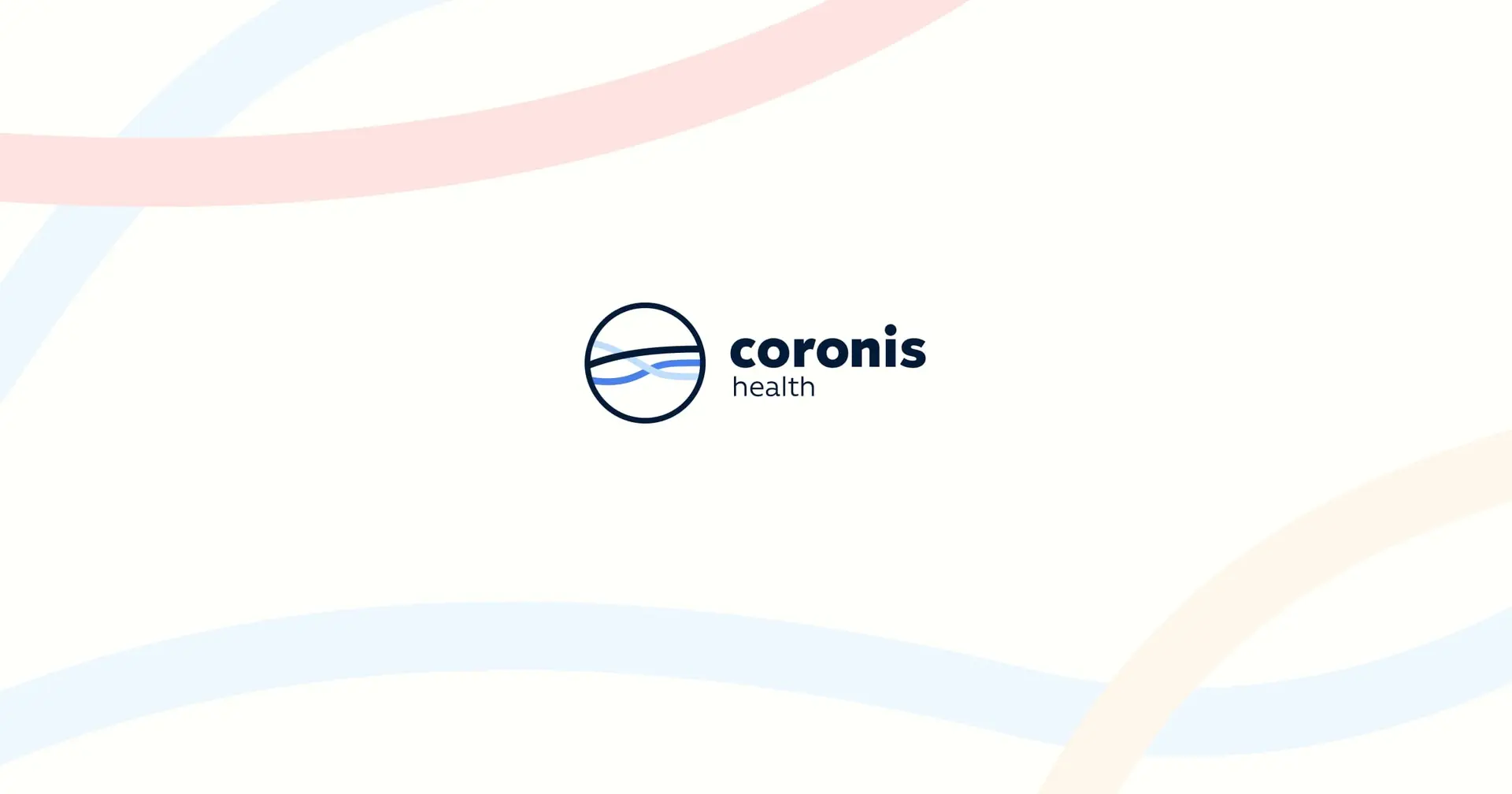The recently announced bipartisan health care deal has come upon opposition in the Senate. The deal covers a plan to finance health care for aging Americans, payment for providers who accept Medicare as well as extensions of health care programs for children and the poor. Also at risk is $7.2 Billion in funding for community health centers.
The recently announced bipartisan health care deal has come upon opposition in the Senate. The deal covers a plan to finance health care for aging Americans, payment for providers who accept Medicare as well as extensions of health care programs for children and the poor. Also at risk is $7.2 Billion in funding for community health centers.
